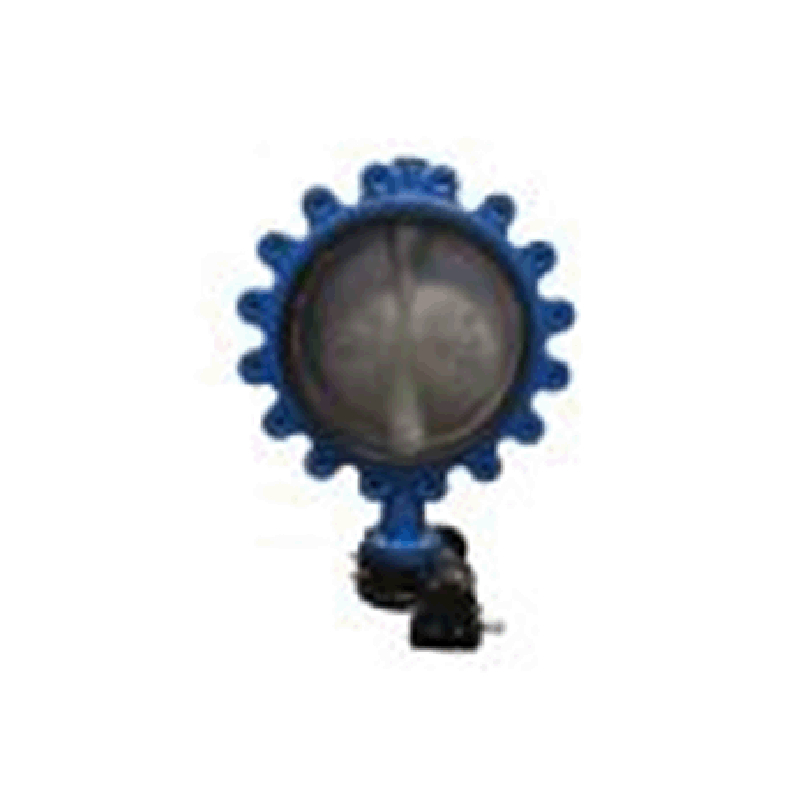Nov . 30, 2024 01:36 Back to list
Lined Butterfly Valve for Enhanced Performance and Durability in Fluid Control Applications
Understanding Lined Butterfly Valves The Ultimate Solution for Fluid Control
Lined butterfly valves are essential components in various industrial applications, particularly in the realms of chemical processing, waste management, and water treatment. Their unique design and material composition offer exceptional benefits in handling aggressive fluids, making them a preferred choice for engineers and operators worldwide. This article explores the characteristics, advantages, applications, and maintenance of lined butterfly valves, shedding light on their importance in modern industries.
What is a Lined Butterfly Valve?
A lined butterfly valve consists of a circular disc attached to a shaft, which manipulates the flow of fluid through a pipeline. The distinguishing feature of a lined butterfly valve is its inner lining, typically made from materials such as PTFE (Polytetrafluoroethylene) or PFA (Perfluoroalkoxy), which are known for their excellent chemical resistance and low friction properties. This lining provides a barrier between the fluid and the metallic components of the valve, ensuring that corrosive substances do not degrade the valve's structural integrity over time.
Advantages of Lined Butterfly Valves
1. Chemical Resistance The primary advantage of lined butterfly valves is their ability to handle highly corrosive fluids, such as acids, bases, and solvents. The protective lining prevents chemical reactions that could otherwise compromise the valve and the pipeline system.
2. Weight and Space Efficiency Lined butterfly valves are typically lighter and more compact than other valve types such as gate or globe valves. This space-saving design is particularly beneficial in industries where space is a premium, reducing installation complexity and costs.
3. Reduced Friction Losses With their streamlined flow path, lined butterfly valves experience lower friction losses compared to other valve types. This efficiency results in lower energy costs associated with pumping fluids through a system.
4. Quick Operation The simple quarter-turn operation of a butterfly valve allows for rapid opening and closing, enhancing process control and operational efficiency. This feature is particularly useful in situations requiring quick shut-off capabilities.
5. Versatile Applications Lined butterfly valves are suitable for a wide range of applications, including slurry transport, chemical handling, and wastewater treatment. Their versatility expands their usability across various industries.
Applications of Lined Butterfly Valves
Lined butterfly valves find use in numerous sectors, including
lined butterfly valve

- Chemical Processing The chemical industry frequently employs lined butterfly valves to control the flow of aggressive chemicals, ensuring safety and reliability. - Water and Wastewater Treatment These valves are crucial in water treatment plants where they regulate the flow of water and chemicals used in purification processes.
- Pharmaceuticals In pharmaceutical manufacturing, the need for sanitary and corrosion-resistant components is paramount. Lined butterfly valves fit perfectly into systems handling sensitive materials.
- Food and Beverage The food industry also benefits from lined butterfly valves, particularly in processes where hygiene and cleanliness are critical.
Maintenance and Care
Although lined butterfly valves are designed for durability, regular maintenance is essential to ensure optimal performance. Here are a few maintenance tips
1. Regular Inspection Periodic checks for leaks, wear, and tear, as well as the condition of the lining, are essential in identifying potential issues before they escalate.
2. Lubrication Proper lubrication of the valve shaft ensures smooth operation. Follow the manufacturer’s recommendations regarding the type and frequency of lubrication.
3. Cleaning Depending on the application, the valve may accumulate debris or corrosive substances. Regular cleaning helps maintain flow efficiency and prevents contamination.
4. Replacement of Worn Parts If components show signs of wear, prompt replacement is crucial to prevent system failure and maintain operational integrity.
Conclusion
Lined butterfly valves play a pivotal role in managing fluid control in various industries, thanks to their unique design and superior chemical resistance. Their advantages, including lightweight construction and quick operation, make them indispensable in environments dealing with aggressive substances. Governments and industries must invest in proper training and maintenance practices to ensure these valuable components continue to serve effectively. As technology advances, the development of even more sophisticated lined butterfly valves will likely enhance their performance and reliability, further solidifying their place in fluid handling systems around the world.
Share
-
Advanced Technology in Wire and Cable FactoryNewsAug.19,2025
-
Applications of Ball Check Valve in Water Treatment PlantsNewsAug.19,2025
-
How Osy Gate Valve Ensures Leak - Tight SealingNewsAug.19,2025
-
Selection Criteria for Wafer Type Butterfly ValveNewsAug.19,2025
-
Threaded Ball Valve Pressure RatingsNewsAug.19,2025
-
Y Strainer PN16 Cost - Effectiveness AnalysisNewsAug.19,2025


